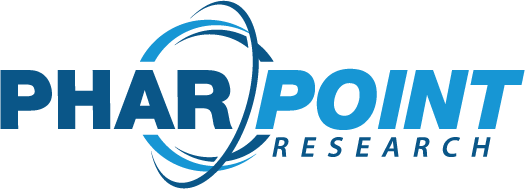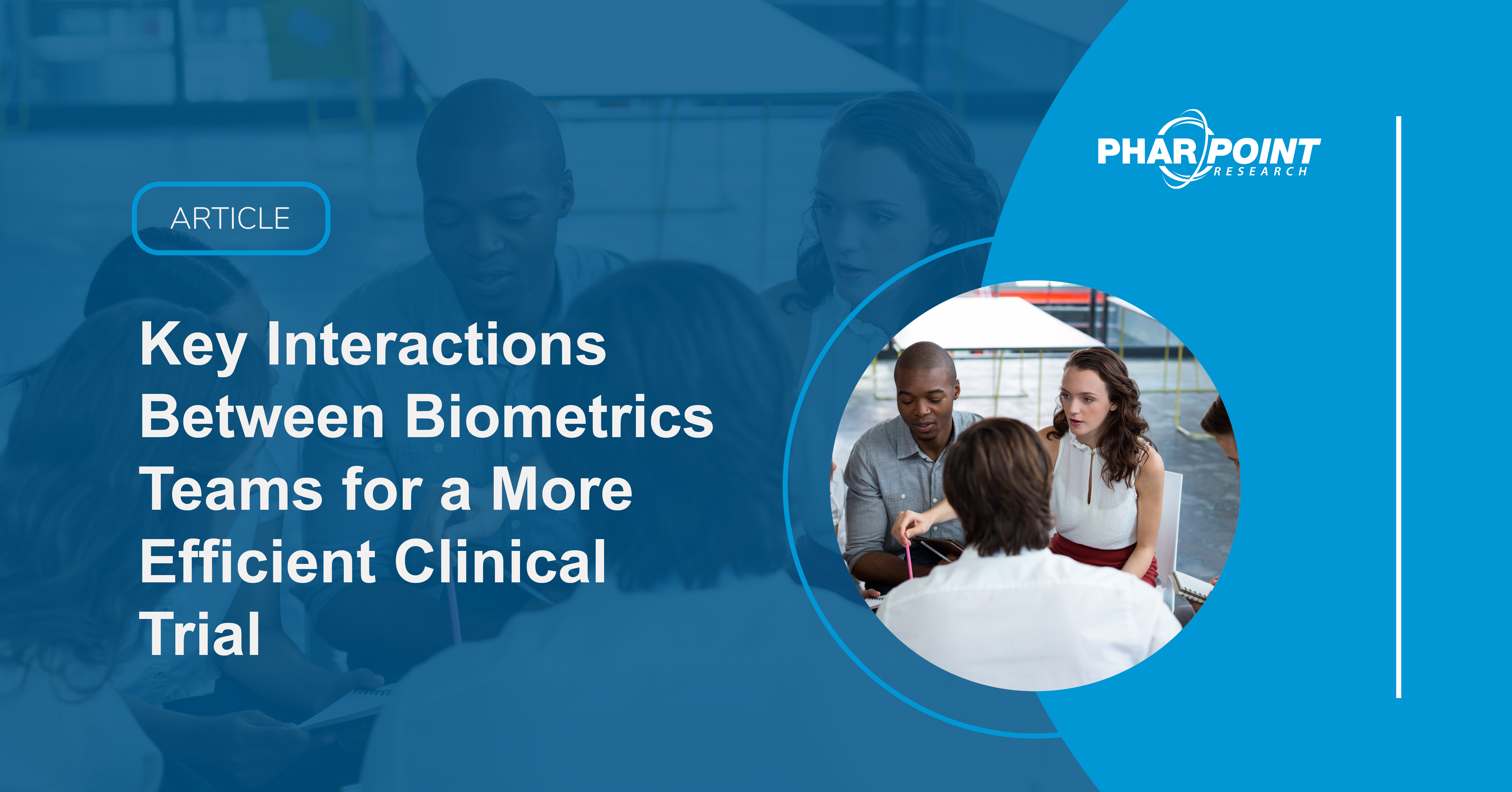Key Interactions Between Biometrics Teams for a More Efficient Clinical Trial
Cross-functional collaboration between biostatistics and clinical data management teams can significantly enhance the efficiency of deliverable timelines and ensure clinical trial data are robust, reliable, and ready for regulatory review.
What should a healthy, collaborative partnership between biostatistics and clinical data management teams look like?
In this article, we discuss key interactions that should take place across a biometrics contract research organization (CRO) during different stages of a clinical trial, including early in the database build process and following data go live.
Collaboration during database build and the creation of a data management plan
Early team interaction lays the groundwork for a seamless handoff from clinical data management to biostatistics post-database lock.
Clinical data management should engage a statistician in the following areas:
- Review of electronic case report form (eCRF), ensuring design both minimizes site burden while providing everything needed for analysis
- Review of data management plan
- Review of planned edit checks
- Review of coding dictionaries to ensure that statistical analysis plan (SAP) and database are aligned
- Input on vendor data import agreements
Ongoing collaboration during study conduct
Following data go live, clinical data management and biostatistics should continue communicating and interacting to ensure data cleanliness and support process improvement.
A study’s lead statistician should work closely with both clinical data management and clinical operations team members to ensure that the data required for analysis are collected consistently.
This close collaboration should include the following:
- Data anomalies found during programming are communicated to all parties, including sponsor as needed
- Ongoing communication to ensure end-of-study timelines are met for deliverables
- Review of data for outliers
- Programming of Tables, Listings, and Figures (TLFs), Study Data Tabulation Model (SDTM), and Analysis Data Model (ADaM) datasets to begin following SAP approval and receipt of data transfers
- Biostatistician review of data with feedback as SDTM and TLFs are programmed
Conclusion
By promoting early and ongoing communication, engaging in cross-functional reviews, and ensuring a seamless transition of information at every trial stage, study teams can significantly expedite biometrics timelines. This ensures the delivery of high-quality data and enhances the efficiency of the trial process.
Interested in working with a collaborative biometrics team that can help you get study results faster?
Learn more about PharPoint’s data management and biostatistics services on our website or reach out to our business development team for a conversation.
About PharPoint
PharPoint Research is a consultative, client-focused contract research organization that helps innovative sponsors meet their clinical trial goals. Our team regularly helps clients plan, manage, and analyze efficient and high-quality clinical trials.


